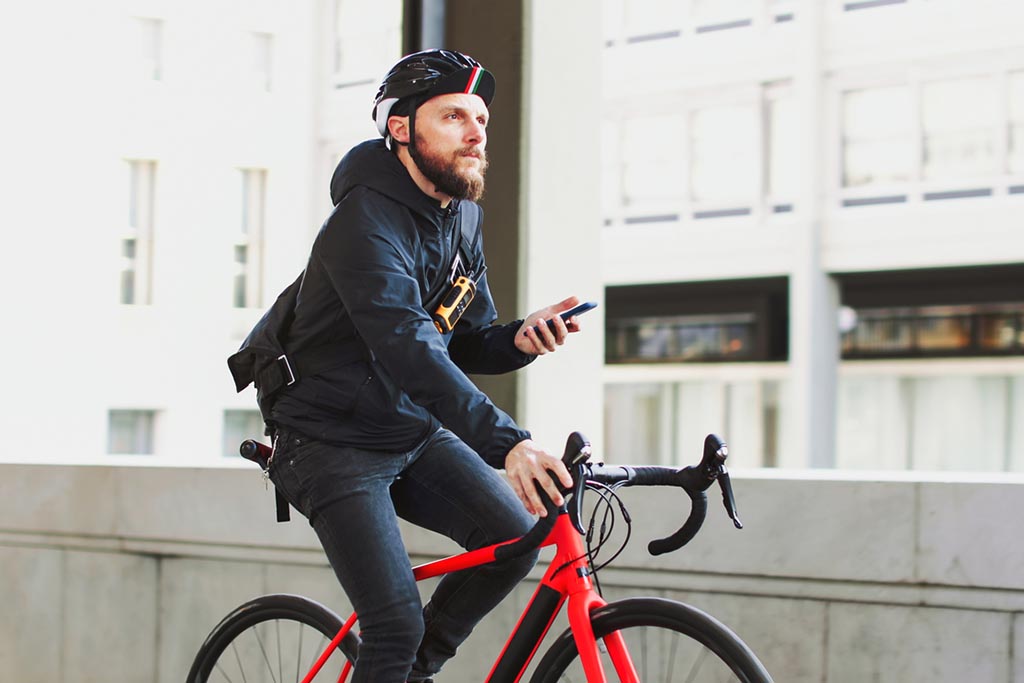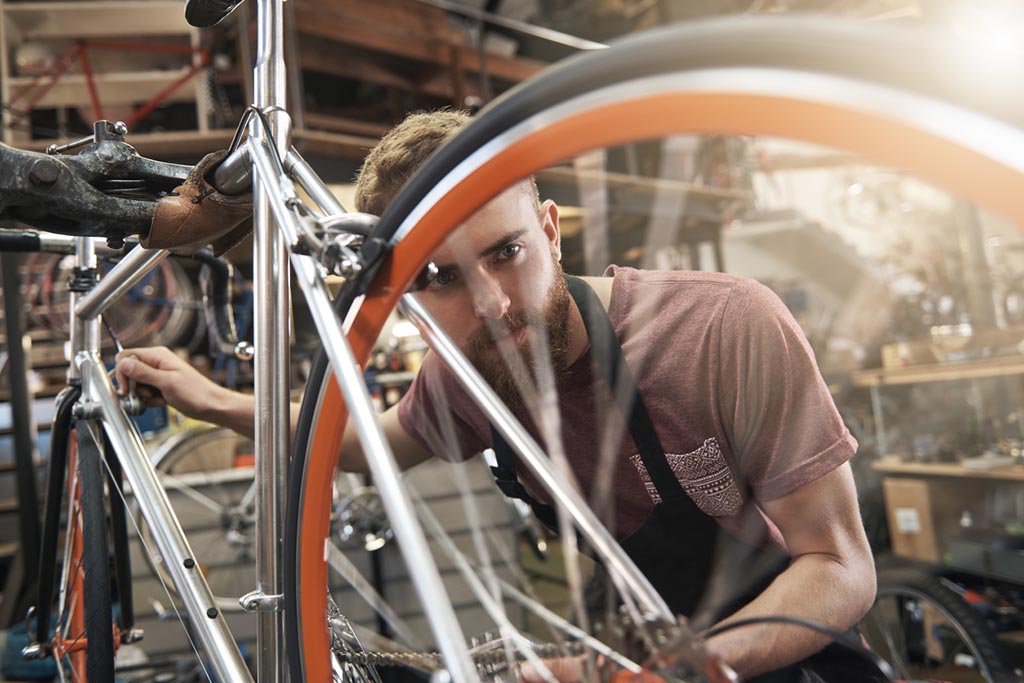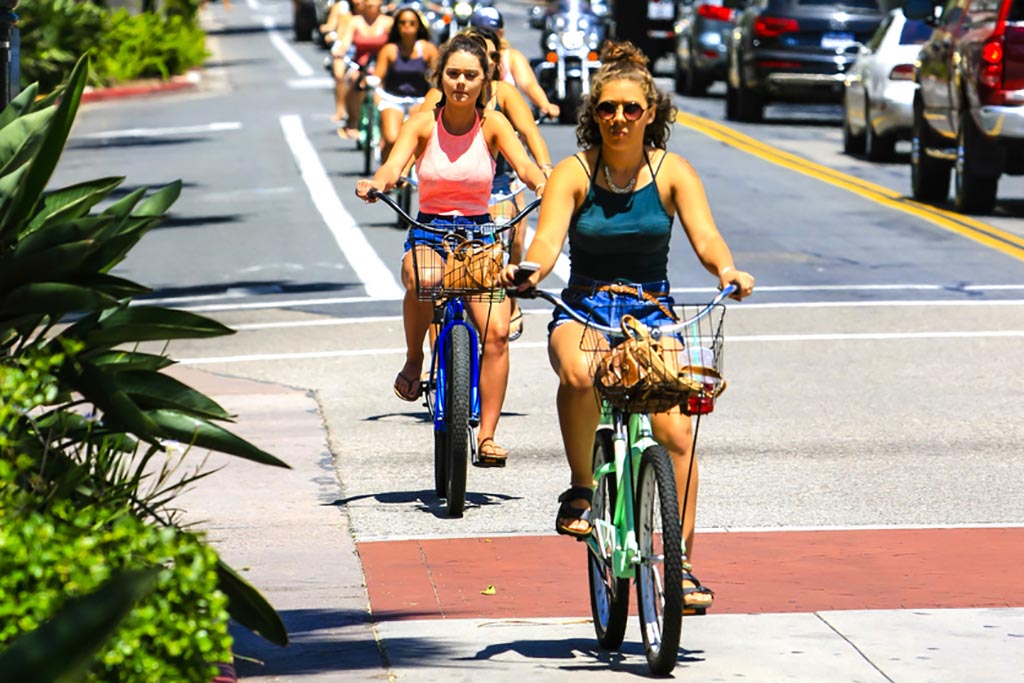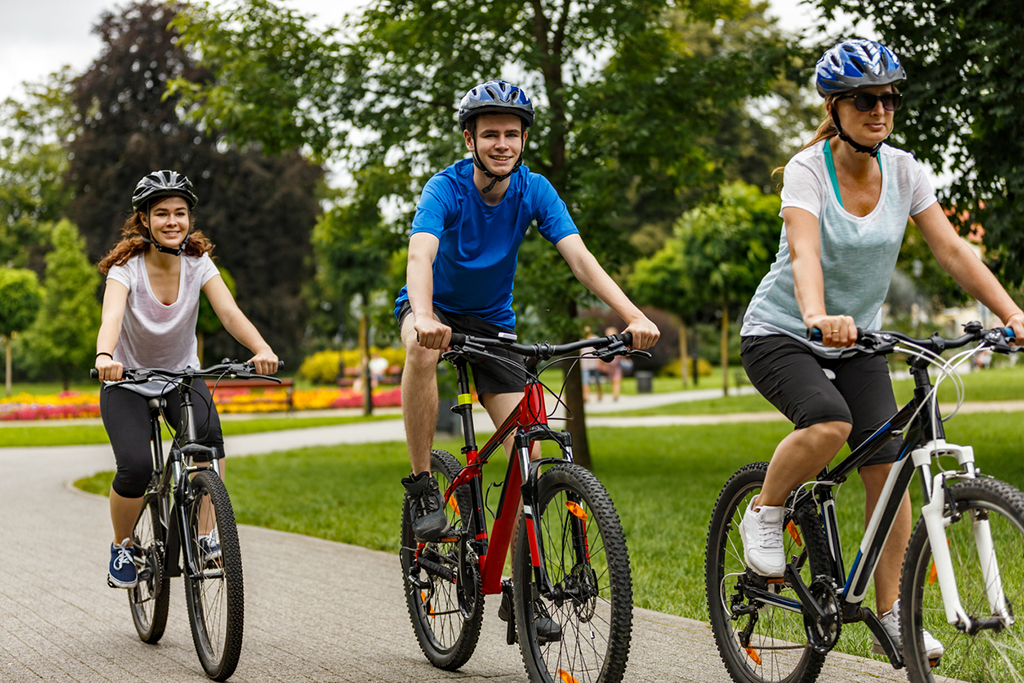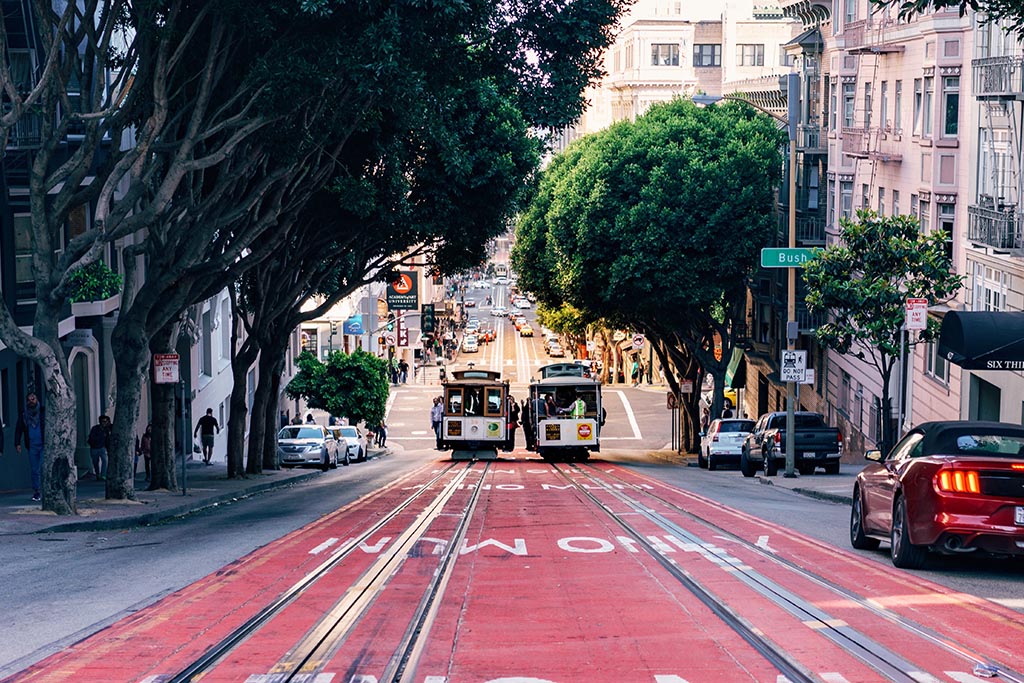Texting Laws
By now, everyone should be fully informed of the dangers that come with texting and driving. So much so, that many states have now made it illegal to drive a car and use your cell phone. However, does that law extend to cycling? Surprisingly, not always.
While some states have put in place laws that make cell phone use on bicycles illegal, it isn’t so in California. There are no laws against it. So technically, if you wanted to, you could use your cell phone while riding. However, the real truth is that you probably shouldn’t. The issue with using a phone while driving a car is that you take your eyes off the road, and when going at a decent speed, this is dangerous.
Texting and Cycling
However, cell phone use on a bicycle is dangerous for a different reason. Not only does it distract your eyes from the road, but it takes up one of your hands as well. You need both hands for steering, and if you need to make a split-second maneuver, you will likely spend that split-second deciding to drop the phone or grab the handlebars.
A large part of the share the road laws that cyclists fight for in order to make their rides safer comes from a desire to truly share the road. If you are on your cell phone, you aren’t being fair to motorists or anyone else on or near the road. It is one matter if you use a hands-free device and a phone holder for your bike, but if you dare to use the phone the traditional way, you are asking for an accident.
If you have been in a cycling accident due to the negligence of another, contact us today to see what the Law Office of Gary Brustin can do for you.
